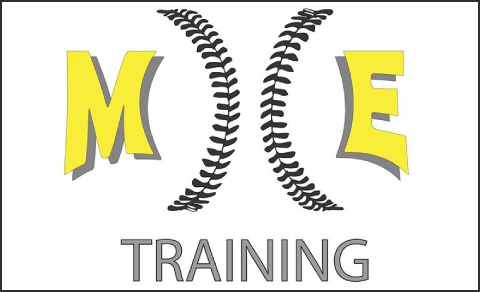Player Name: Alec Eisenberg
School: Hofstra
Position: RHP
Alec is a senior at Hofstra University. He stands at 6’5″ 195 lbs, ideal build for a pitcher. He transferred there in 2015 after dominating at Westchester Community College and being named Region XV Pitcher of the Year as reward for positing 1.06 ERA. He struggled in 2015, posting a 5.83 ERA over 54 IP but winning five games. The following summer he pitched in the Cape Cod league for the Yarmouth-Dennis Red Sox.
He begins his windup with a slight step to the side before he enters his delivery. He keeps his eyes locked on the target. As he’s approaching the balance point, he bring his hands head-high, his leg kick is high and tight, with his back leg slightly bent. He never fully comes to a halt, he has his momentum moving forward at the apex of his delivery. He has a good stride length for his height and lands on line with home plate. His arm angle is high 3/4. He doesn’t extend after his release, which could cost a couple ticks in velocity.
In his season debut on February 19 at Texas A&M, he pitched four innings and allowed two ER to the No. 4 ranked team in the nation. The damage occurred in the first and third innings. On the second batter of the game, he allowed a home run on a 2-1 pitch on the inner half of the plate.
After settling down in the second inning and retiring the side in order, he allowed a lead off triple to J.B. Moss deep into right center field. You can argue that the ball was catchable, but it was certainly hit hard and was not a routine play. The next batter hit a fly ball to CF that resulted in a sacrifice fly. In the fourth inning, a run scored but it was unearned, the result of an E-9 on a single which was followed by a sac fly. He was tagged with two ER over four innings with one strikeout and zero walks.
What stood out to me was the variance of pitches. Knowing that the Aggies could crush fastballs (even his that is anywhere from 87-93), the pitching coach called a bevy of change ups. He started off most batters with one. Although it wasn’t his call, he still had to execute. He threw them for strikes, and that is no easy task pitching in front of a 6,800 person SEC crowd. If you can avoid choking the ball in that environment, it’s a pitch you are comfortable throwing at anytime. He had zero differences in his delivery between throwing the fastball and changeup. His change was around 81-83 MPH, a healthy difference in velocity.
He did hit a batter while attempting to come in with a fastball. While it’s important to own the inside corner when a batter leans over, it’s also important to be able to locate in the up-and-in quadrant of the zone when throwing a fastball.
In terms of throwing strikes, he did a very good job. He threw 17 of 26 for strikes in the first inning (65.3 percent) and eight of 11 for strikes in the second inning (72.7 percent) and controlled the strike zone for the most part.
He was very adept at holding runners (it helps having a catcher with a 1.8 pop time). He displayed very quick feet on the pickoffs, he threw the ball with fervor, He did nearly throw it over his first baseman’s head on one throw but you would rather that happen from aggression as opposed to trepidation.
He did not have to field his position at all.
Eisenberg is a candidate to get drafted. His presence at the Cape Cod League put him on the map, he showed that he is not easy to rattle considering the environment he threw at in this game.




